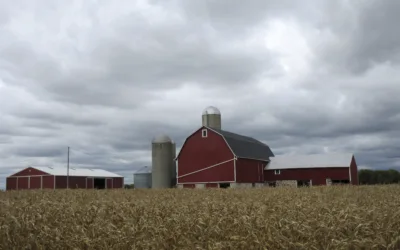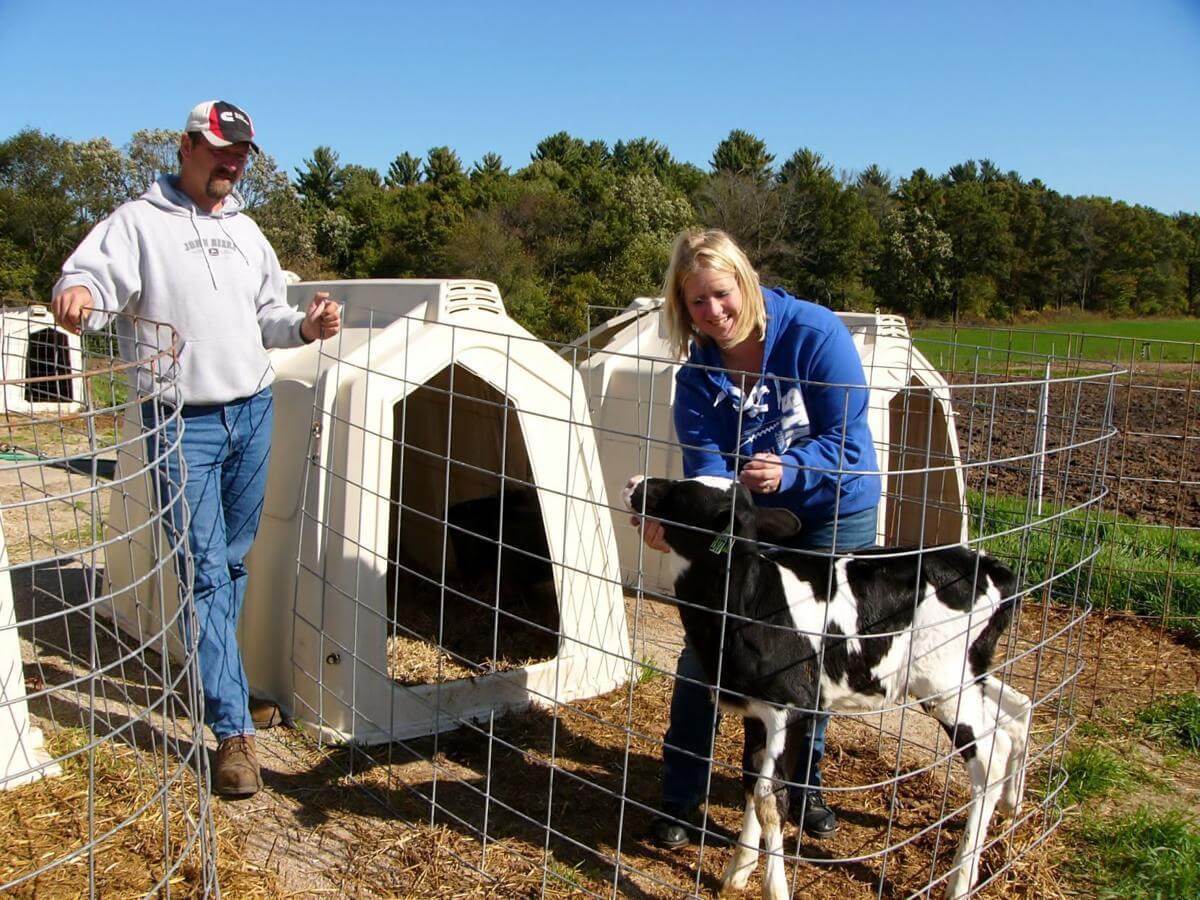
#image_title
Coronavirus relief aid didn’t fix longtime challenges facing the state’s agriculture industry.
Like thousands of other Wisconsin farmers, Patty and Gary Edelburg were thankful to receive coronavirus relief funding, dollars they said were key to enabling their 120-cow dairy operation in rural Amhurst make ends meet during the pandemic.
But even as some sectors of the economy begin to surge as the US emerges from pandemic-caused economic challenges, the Edelburgs and other dairy farmers across the state say they continue to struggle and are calling for policy changes they say are necessary to ensure that small and mid-size operators can remain in business.
While the Edelburgs are grateful for the federal assistance they and other Wisconsin farmers received, those dollars represented a one-time fix and won’t help them keep their farms operating going forward, Patty Edelburg said.
Grain prices have nearly doubled during the past eight months, leaving many dairy operators with input costs that are higher than their revenues. Drought in some parts of Wisconsin has hindered crop growth, prompting concerns that grain prices–and feed for cows–could climb even higher in coming months, Edelburg said.
“Normally, when corn prices are up, milk prices are too,” Edelburg, vice president of National Farmers Union, told UpNorthNews Tuesday. “Right now we haven’t seen that bigger jump [in milk prices], and because of that dairy farmers are struggling.”
Wisconsin dairy farmers have struggled for years. During the last decade alone, the number of dairy farms that once dotted the landscape like dandelions in spring has dropped by 43% to fewer than 7,000, the result of low milk prices, higher operating costs and an oversupply of milk.
The state lost more than 800 dairy herds, or 10% of total dairy operators, in 2019, a trend that has continued since then, even with coronavirus relief money intended to keep farmers operating, figures show. According to the National Agricultural Statistics Service, 349 Wisconsin dairy herds ceased operations since last June, including 158 so far this year.
Darin Von Ruden can view the reality of those figures from his farm between Cashton and Westby. Farms used to be commonplace in the rolling hills of west-central Wisconsin. But their number has dwindled in recent years, and Von Ruden said his 50-cow herd on land his family has farmed for more than 120 years only remains in operation because he found a niche by switching to being an organic producer 14 years ago.
RELATED: Far From Over: Even With Relief Aid, Wisconsin Sees More Struggling Families Losing Their Homes
“Farmers are struggling now just like they were before the pandemic,” said Von Ruden, president of Wisconsin Farmers Union (WFU). “Especially for small farmers, when you face something like higher input costs because the price of corn and soybeans is high, you don’t have very many ways to make up for that.”
Randy Romanski, secretary-designee of the Wisconsin Department of Agriculture, Trade, and Consumer Protection, acknowledged difficulties the state’s farmers have faced for years and said improvements in commodity prices, trade agreements that could open new export markets, and COVID-19 vaccinations could benefit the agriculture sector.
Farmers would have received other aid in the form of $43 million in spending for multiple agriculture-related programs, such as helping meat processors expand capacity and development of new exports, as part of Gov. Tony Evers’ proposed 2021-23 state budget. But Republican lawmakers stripped most of that funding from the budget approved by legislative Republicans.
One reason smaller dairy operators continue to struggle is that milk production keeps climbing, even with fewer farms, as remaining operators get larger to remain competitive. That, in turn, leads to a greater milk supply, which subsequently prompts decreased prices farmers receive for their milk.
Those prices are based on a complicated system that has been in place since the 1930s. Dairy pricing reform has been discussed for decades and has been tried before, but competing interests prevent substantive change from happening.
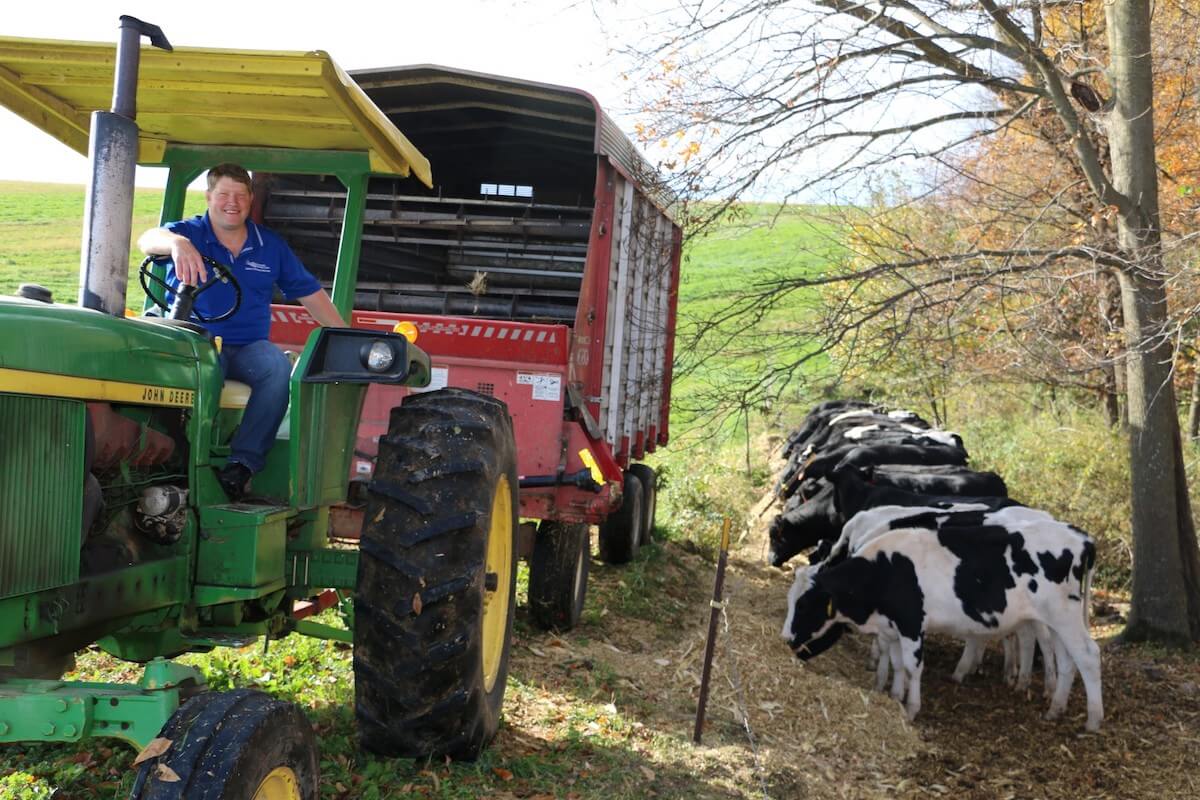
A planned visit by President Joe Biden and US Secretary of Agriculture Tom Vilsack Tuesday to a dairy farm in the La Crosse area prior to the president’s address about broadband in that city didn’t end up happening. Biden instead visited La Crosse’s transit authority without Vilsack. Von Ruden and Edelburg said they’re hopeful Biden’s administration is willing to address the milk oversupply issue, action needed to ensure that small farmers have a chance to compete in the marketplace.
Von Ruden is working with Wisconsin Farm Bureau Federation President Kevin Krentz to devise a milk supply management plan they see as a cornerstone to keeping more small producers in business.
“We need a system that allows farmers to have a say in the price of their products,” Von Ruden said. “Right now we are really at the whims of the market.”
As negotiations begin on the next federal Farm Bill, due for reauthorization in 2023, revamping milk pricing policy to promote a more equal playing field between small and large producers must be a priority, said Bobbi Wilson, Dairy Together coordinator for WFU. Without government intervention, she said, more dairy farmers in Wisconsin will continue to go out of business.
“We can no longer write off the decline of family farms as a necessary tradeoff for growth in the dairy industry,” Wilson said. “If we want to create a viable dairy economy and keep family farms on the land, we must explore holistic solutions to milk pricing, competition policy, and federal dairy programs. The 2023 Farm Bill may be our last shot.”
Edelburg said she hopes milk pricing policy changes can occur, along with action to expand the number of meat processors, a shortage exposed during the pandemic that adversely impacted farmers and consumers. More people seem to be focusing on the source of their food, she said, and preferring to buy it locally, which would benefit smaller producers.
“We plan to keep farming. We want to,” Edelburg said. “But we need some changes to the current system to enable more small farmers to stay in business.”

Wisconsin farms face a choice in 2024: New markets and more competition vs. budget cuts, millionaire tax breaks, and diesel fumes
President Biden will talk up rural investments while former President Trump is promising a return to the tariffs and trade wars that made farmers...
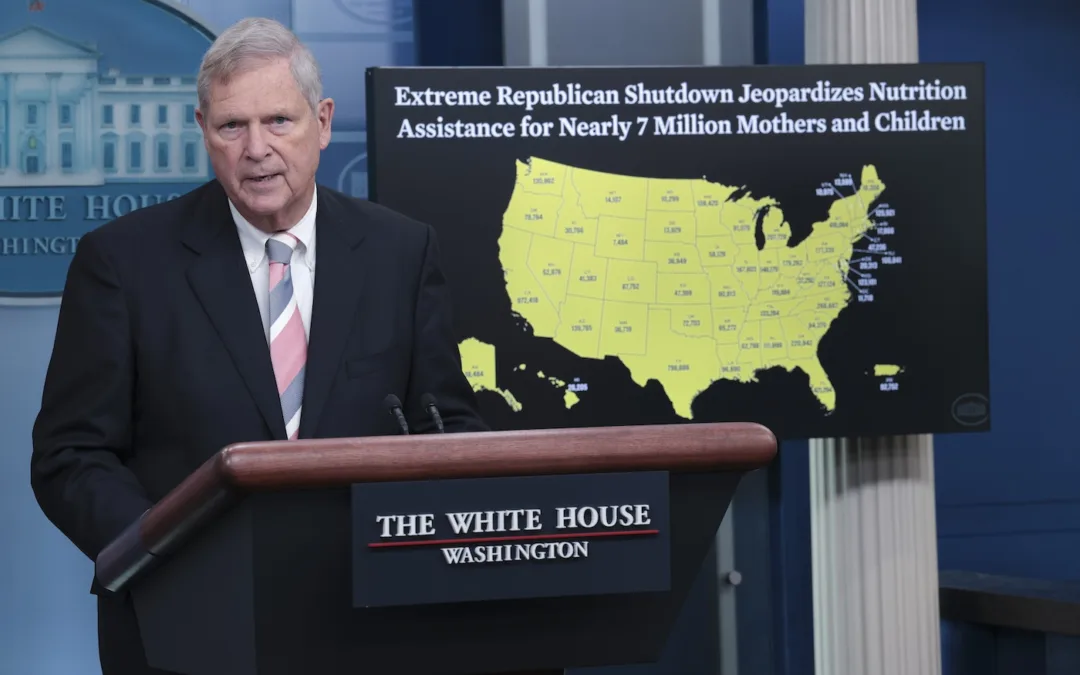
The Farm Bill is big, bold, and behind schedule. Here’s how that affects you.
Congress can’t agree on a federal budget and their disagreements could hurt farmers, consumers, global trade, and the environment. Farmers in...
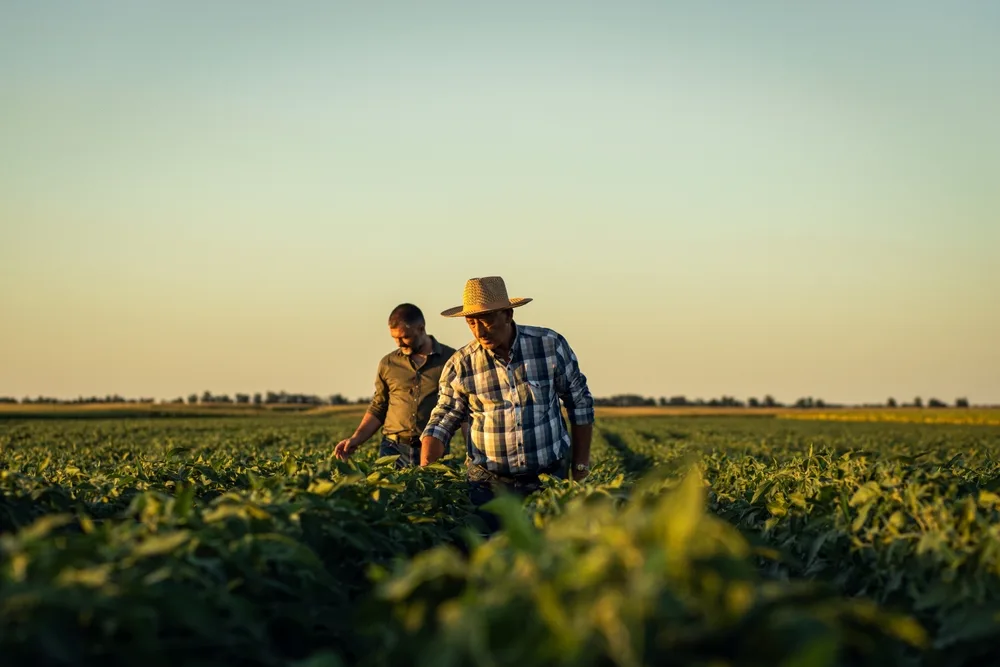
Wisconsin’s Office of Rural Prosperity aims to spread opportunity across the state
Over the past four years, Wisconsin’s Office of Rural Prosperity has served as a place where rural residents and community leaders can go to ensure...
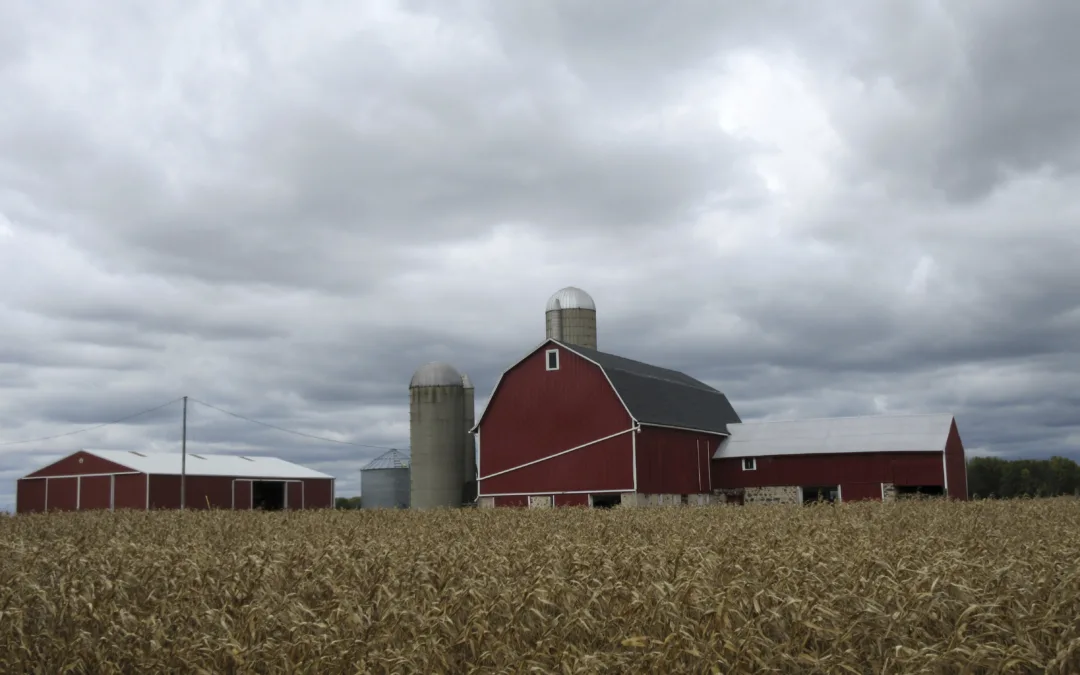
3 things Wisconsin farmers are concerned about going into 2024
Farming has been, and continues to be, a backbone of American economic stability. In Wisconsin, the agriculture industry contributes $104.8 billion...


